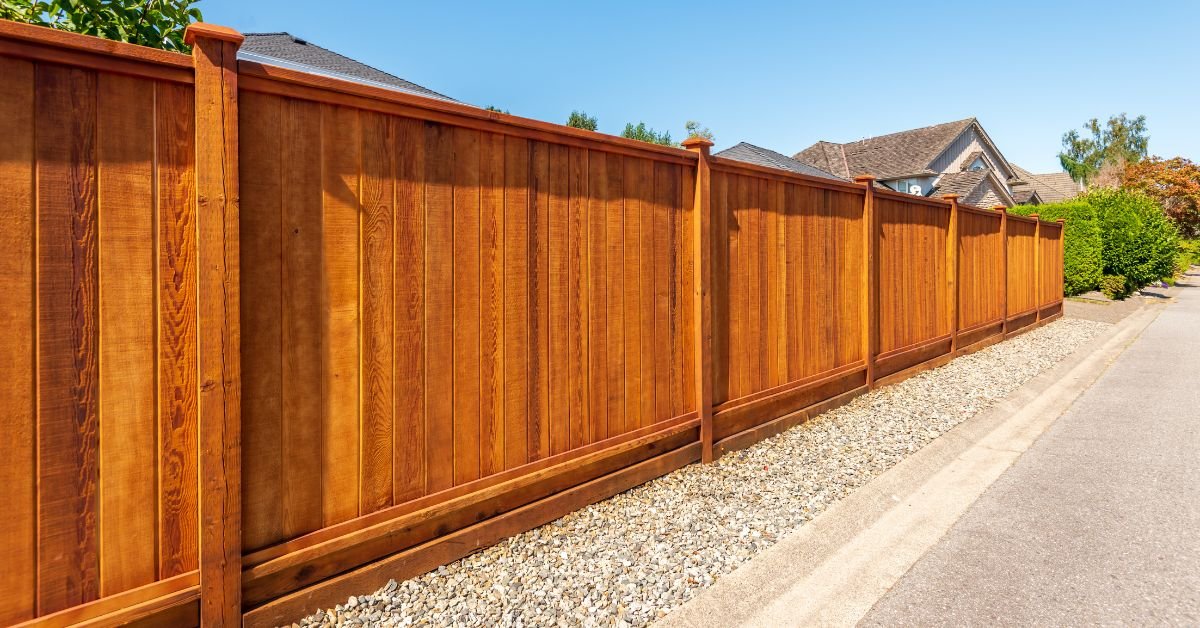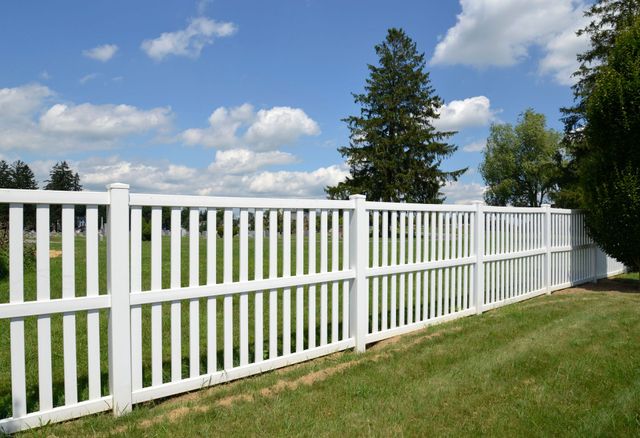All Categories
Featured

When it involves mounting a fence and developing on your residential or commercial property, functioning with a proficient fence service provider is important to achieving the outcomes you prefer. Whether you're seeking to boost your building's personal privacy, boost protection, or add visual charm, the process of developing a fence calls for careful planning and cooperation. Below's a detailed guide on exactly how to collaborate with a secure fencing contractor to develop a fencing that flawlessly fits your needs.
- Define Your Goals and Assumptions. Before getting to out to a professional, think of the primary purpose of your fencing. Do you require privacy, safety, or an ornamental boundary for your backyard? Are you looking for something that enhances the layout of your home, or do you want a fence to produce splitting up from neighbors? Recognizing your goals will help you communicate your needs better.

For example, if you're looking for more personal privacy, a solid timber or vinyl fence may be the best option. If protection is your priority, a taller, extra durable material such as chain web link or wrought iron could be excellent. Knowing exactly what you desire from your fence will certainly allow your professional to customize the design to your particular requirements.
- Choose the Right Materials. Choosing the appropriate materials for your fencing is an essential component of the process. Various materials featured differing resilience, aesthetic appeals, and maintenance needs. Some prominent fencing products consist of:
Timber: Timeless and personalized, timber fences give a natural appearance and can be made to supply personal privacy or a much more open feeling. Plastic: Known for its reduced upkeep, plastic fencings are weather-resistant and do not need paint or staining. Chain Web Link: Low-cost and resilient, chain web link fences are excellent for marking limits without blocking exposure. Steel (Aluminum/Wrought Iron): Ideal for those seeking style and strength, metal fences can be both ornamental and useful. Compound: Made from a mix of timber fibers and plastic, composite fencings provide the charm of timber with minimal upkeep. Work very closely with your contractor to determine the most effective product based upon your spending plan, the fence's planned use, and just how much maintenance you're eager to do. Each material has its cons and pros, and your contractor can aid you make an educated decision.
- Select a Design That Enhances Your Home. The style of your fence should align with the total visual of your property. Whether you like a contemporary, minimal appearance or a standard, decorative layout, there are various designs to pick from. Some typical fence designs consist of:
Picket Fencing: Great for adding appeal and visual charm, picket fencings are a conventional selection for front backyards. Personal Privacy Fencing: Tall and solid, these fences offer total personal privacy and are often made from wood or plastic. Split Rail Fence: A a lot more rustic look, split rail fences are suitable for bigger properties and can conveniently define boundaries. Lattice Fence: Commonly used for decor or to sustain climbing plants, lattice fences use a fragile and open design. The style of fencing you choose ought to complement the design of your home, garden, and landscaping. Your contractor can provide recommendations based upon your preferences and assist you pick a style that matches the look you're going for.
- Take Into Consideration Neighborhood Laws and Permits. Prior to you begin the installation procedure, it's important to check with regional authorities to guarantee that you abide by zoning legislations and other regulations. Several cities or neighborhoods have policies regarding fencing elevation, materials, and placement.
Your service provider can help direct you with the required steps to get any type of called for licenses. Additionally, they can aid with figuring out the proper placement of your fence to avoid home line disagreements and protect against possible issues with next-door neighbors.
- Develop a Budget. Having a clear budget plan in mind is crucial for the design and installment process. Be in advance with your specialist concerning your spending plan, and they can aid assist your decisions concerning materials, dimension, and intricacy. While it's appealing to select premium products, it's vital to balance cost with lasting worth. As an example, spending in resilient, low-maintenance materials like plastic or compound might set you back more initially, but you'll conserve cash on repair work and maintenance over time.
Your specialist will certainly work within your budget, offering alternatives that straighten with your financial objectives and providing you the ideal return on financial investment for your fencing.
- Wrap Up Design and Arrange Setup. It's time to settle the layout with your specialist as soon as you've chosen your materials, design, and spending plan. This step may involve assessing a design or blueprint to make sure that all specifications are satisfied, such as the fencing height, gateways, and any unique attributes like decorative elements or lights.
Once the design is validated, your specialist will schedule the installment. Make sure to discuss the timeline, as the weather, material availability, and other aspects might affect exactly how quickly the project can be completed.
- Upkeep and Warranty. After the setup, make certain to ask your specialist about maintenance recommendations and any warranties that include your new fencing. Correct maintenance will certainly help expand the lifespan of your fencing, whether that's cleaning it frequently, sealing timber, or looking for damage. Additionally, comprehending the service warranty can give you assurance in situation any kind of concerns arise after setup.

Conclusion. By making the effort to thoroughly work together and prepare with a secure fencing contractor, you can design a fence that meets your requirements while improving the looks of your building. From picking the ideal materials to wrapping up the design, working very closely with an experienced specialist will guarantee that your new fence is developed to last and operates exactly as you visualize. Whether for security, curb, or personal privacy appeal, a well-designed fencing can transform your home and exterior area.
Latest Posts
Discover WyHy FCU – Comprehensive Support for Your Financial Success
Published May 23, 25
1 min read
Explore Brake Repair & More: Comprehensive Repair Options from Montclare Auto Repair
Published May 22, 25
1 min read
Why Consistent Auto Maintenance at Montclare Auto Repair Reduces Costs
Published May 22, 25
1 min read
More
Latest Posts
Discover WyHy FCU – Comprehensive Support for Your Financial Success
Published May 23, 25
1 min read
Explore Brake Repair & More: Comprehensive Repair Options from Montclare Auto Repair
Published May 22, 25
1 min read
Why Consistent Auto Maintenance at Montclare Auto Repair Reduces Costs
Published May 22, 25
1 min read